by Celeste Lipford and Terry Lipford - last updated on 10/7/2025
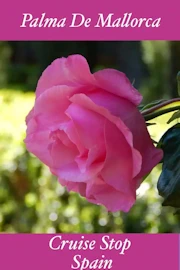
We were onboard the Norwegian Cruise Lines 'Epic' on a repositioning cruise from Port Canaveral, FL to Barcelona with various stops along the way - the sixth stop being Palma de Mallorca. The Epic arrived here early morning, and the views of the island and harbor were beautiful; sunny, clear and photogenic.
Mallorca is 5,130.5 sea miles from Port Canaveral and 334 sea miles from Cartagena. Since December 2016 Palma is the capital and largest city of the autonomous community of the Balearic Islands in Spain. It is situated on the south coast of Mallorca on the Bay of Palma. The Cabrera Archipelago, though widely separated from Palma proper, is administratively considered part of the municipality. As of 2018, Palma de Mallorca Airport serves over 29 million passengers per year.
Palma Quick History Lesson: Palma de Mallorca, the capital of the Balearic Islands, has a rich and diverse history dating back over 2,000 years. It was founded by the Romans in 123 BCE after they conquered the native Talayotic people. As a key Mediterranean port, Palma has seen various civilizations influence its development. Following Roman rule, the city was taken over by the Vandals and later the Byzantine Empire.
In 902 AD, the Moors conquered Palma, bringing Islamic culture, architecture, and advancements to the city. The Moors ruled until 1229 when King James I of Aragon captured the city during the Christian Reconquista, integrating Palma into the Kingdom of Mallorca. This period saw Palma grow into a significant trading hub in the Mediterranean, with Gothic-style landmarks like La Seu Cathedral and Bellver Castle being built.
In the following centuries, Palma experienced economic ups and downs but remained strategically important. In the 20th century, the rise of tourism transformed the city into one of Spain's most popular vacation destinations, celebrated for its historical architecture, vibrant culture, and stunning beaches. Today, Palma blends its ancient past with modern amenities, making it a dynamic city with a rich heritage
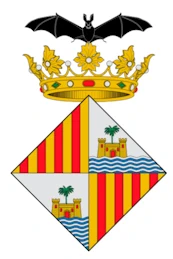
This was day 15 of our transatlantic cruise on the Norwegian Epic. The ship arrived in Palma de Mallorca harbor at 8AM, however, by this stage of the trip I was feeling bad with a cold that was causing coughing fits, sneezing, etc. Even though we had shore excursion tickets, I did not relish infecting everyone on the tour bus so I asked Celeste to go ahead on the tour without me.
As the Norwegian Epic entered the harbor, the Cathedral of Santa Maria of Palma (more commonly referred to as "La Seu Cathedral") was the first thing visible as it is so large. It turned out to be yet another Gaudi project!
Palma's vast cathedral built on a previous mosque which was built atop an original Christian church. Although construction of the present Cathedral began in 1229, it did not finish until 1601. Local architect Antoni Gaudí was drafted in to restore the building in 1901. The Parc de la Mar (Park of the Sea) lies just south, overlooked by the great building which sits above it on the city's stone foundations.
The above info came from this Wikipedia Article.
Bellver Castle: is a Gothic-style castle on a hill 3 km to the west of the center of Palma. It was built in the 14th century for King James II of Mallorca, and is one of the few circular castles in Europe - in fact, it was the first circular castle in Europe. First serving as the residence of the Kings of Mallorca, and afterward long used as a military prison throughout the 18th to mid-20th century, it is now under civilian control, being one of the main tourist attractions of the island, as well as the seat for the city's History Museum.
The castle originally served as a residence for the Kings of Mallorca whenever they were not staying in mainland Europe, and was subsequently seldom used as a residence for viceroys during the 17th century. As a fortification, it suffered and successfully resisted two sieges during the Middle Ages; the first of them in 1343, during Peter IV of Aragon's campaign to reincorporate the Majorcan territories to the Crown of Aragon, and then again in 1391 during an anti-semitic peasant revolt. The castle has only fallen once in its history into enemy hands, in 1521 after an assault during the Majorcan seconds Revolt of the Brotherhoods.
The castle was usually governed by a Lord Warden. In 1408, King Martin I of Aragon gave the lordship of Bellver to the Charterhouse of Jesus of Nazareth in Valldemossa. Charles of Viana arrived in 1459 to take possession of both the island and the castle, as he had agreed with his father King John II of Aragon, even though finally the king did not grant the lordship or Bellver Castle.
This is a village and municipality on the northwest side of Mallorca, 24 kilometers north of Palma Harbor. It is famous for one landmark: the Royal Charterhouse of Valldemossa, built at the beginning of the 14th century, when the mystic and philosopher Ramon Llull lived in this area of Majorca.
Since the 19th century Valldemossa has been promoted internationally as a place of outstanding beauty, largely as a result of the affection of distinguished traveller and cultural writer, the Austrian Archduke Ludwig Salvator.
The village is renowned for its rich history, most notably the famous visit of composer Frédéric Chopin and writer George Sand in the 19th century, who sought refuge in Valldemossa's monastery. Today, the former monastery has been transformed into a museum, allowing visitors to explore the cells where Chopin composed some of his masterpieces. Valldemossa also boasts quaint cafes, artisanal shops, and stunning viewpoints that offer panoramic vistas of the Mediterranean Sea. The village is an ideal destination for nature lovers, hikers, and those seeking an authentic Spanish experience. With its timeless charm and serene atmosphere, Valldemossa captivates the hearts of all who visit.
Mallorca offers a wide range of attractions and activities, from historical sites and natural landscapes to beaches and vibrant towns. Some popular options include exploring Palma's historic center, visiting the Serra de Tramuntana mountains, relaxing on beautiful beaches like Es Trenc, and enjoying boat tours or water sports.
When is the best time to visit Mallorca?
Most people prefer the warm, sunny Mediterranean climate from March to October. Peak season is June through September, with high temperatures and large crowds. The shoulder seasons of March–May and October–November offer pleasant weather and fewer tourists.
How long should I spend in Mallorca?
A minimum of five days is recommended to see the island's highlights, but many visitors spend a week or more. You can drive around the entire island in 5–6 hours, but this leaves little time to visit specific sites.
Is Mallorca a safe destination?
Yes, Mallorca is considered very safe for tourists, though travelers should always be mindful of their belongings to prevent petty theft and pickpocketing, especially in crowded areas.
Is it expensive to travel to Mallorca?
Costs depend on the season. Expect higher prices for flights and hotels during the peak summer months. Traveling in the low season (e.g., January and February) or shoulder seasons (spring and autumn) is more budget-friendly.
How do I get to Mallorca?
Visitors can fly directly into Palma de Mallorca (PMI) from many European cities. Ferry service is also available from mainland Spain, with frequent routes from cities like Barcelona and Valencia.
What is the best way to get around the island?
Renting a car offers the most flexibility for exploring Mallorca's coves, beaches, and mountain villages. Public transportation is convenient in and around Palma, but service can be limited in more rural areas.
Where should I stay?
Choosing the right home base is key. Palma is the lively capital with extensive dining, shopping, and historical sites. Other popular areas include the quaint villages of Valldemossa and Deià, family-friendly Alcúdia, and scenic Port de Sóller.
Do ride-hailing apps work in Mallorca?
You cannot rely on apps like Uber, which are not widely available on the island.
What languages are spoken?
Spanish and Catalan are the co-official languages. However, English is widely spoken in tourist areas.
Is tipping customary?
Tipping is not as established as in some other countries, but it is appreciated. Many locals simply leave small change.
Do places close for siesta?
Outside of Palma, many smaller shops and businesses still close for a few hours in the afternoon for a siesta.
Can I drink the tap water?
While safe, the tap water can have a mineral-rich flavor that some people find unpleasant. Many visitors prefer to drink bottled water.
The most popular beers in Mallorca are Estrella Damm, Cruzcampo, San Miguel, and Estrella Galicia, which are widely available and popular across Spain. You'll also find local craft beers, like those from Cervezas Tramuntana, an island brewery.
Mallorca is largely wheelchair-friendly, with many tourist areas, beaches, and public transportation options adapted for accessibility. However, some parts of the island, particularly the historic and older areas, still have uneven, cobbled streets that can be challenging for wheelchair users.
You should be aware that Norwegian Cruise Lines (NCL) varies where their ships go, as well as what ships they will reposition. To determine where NCL is sending what ships, you should visit their website. Our list of ports below, is based upon what the "Epic" did when we were onboard in 2019.
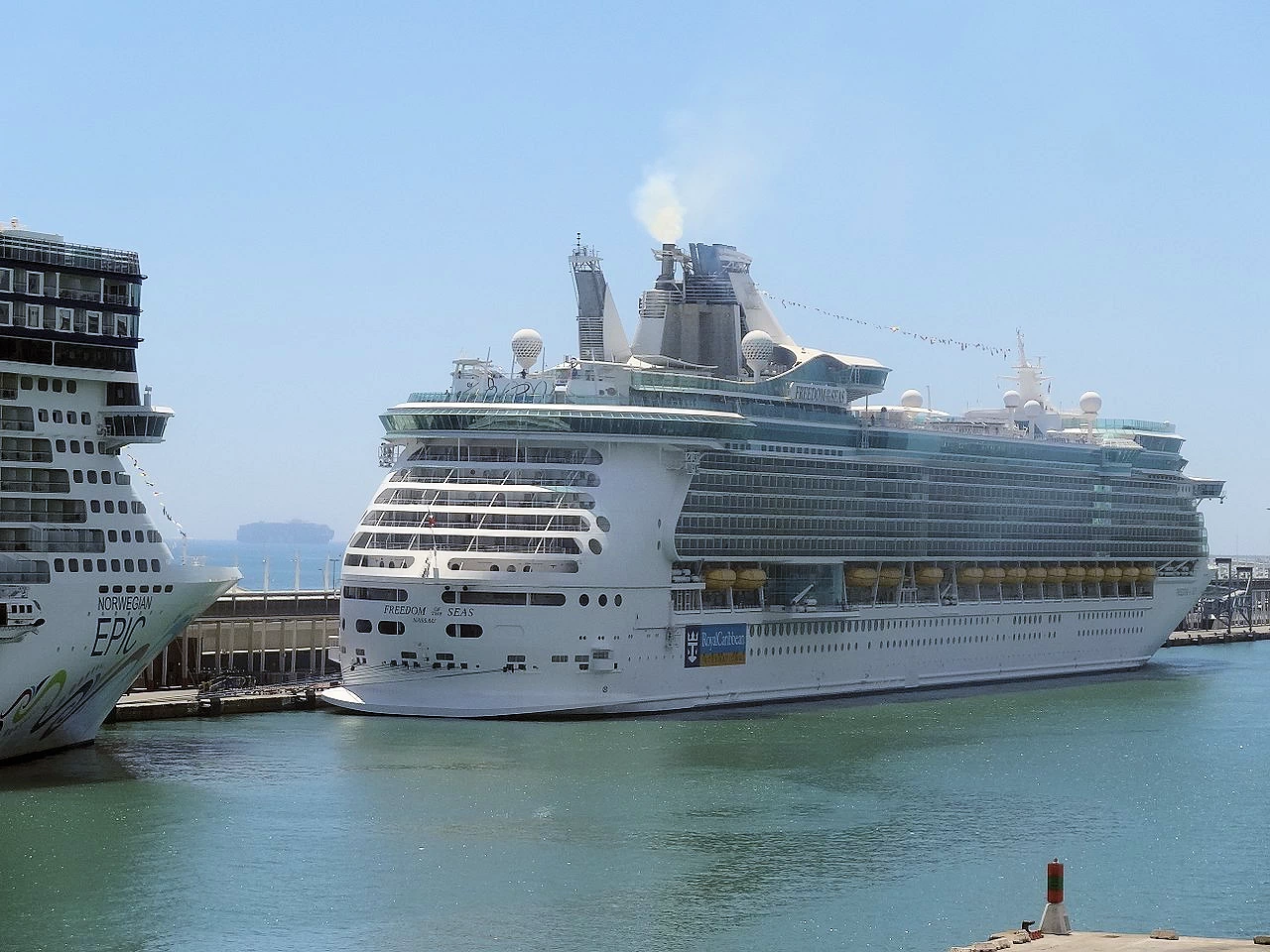
Norwegian 'Epic' Cruise Overview
Click here to read more on our Cruise Overview Page
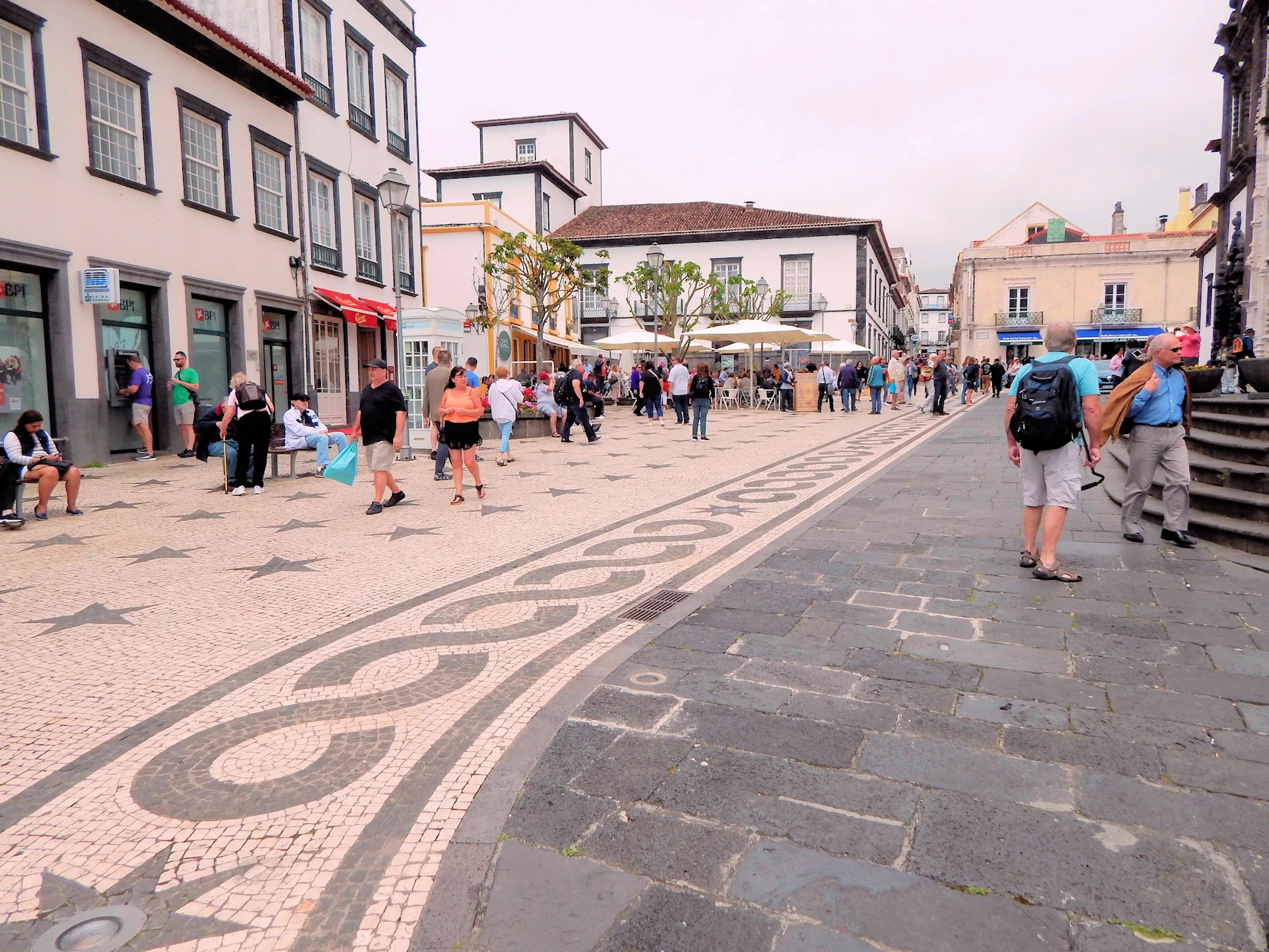
Ponta Delgada, Portugal
Click here to read more on our Ponta Delgada Page
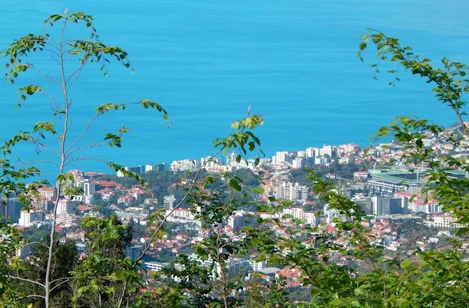
Funchal Madeira Portugal
Click here to read more on our Funchal Page
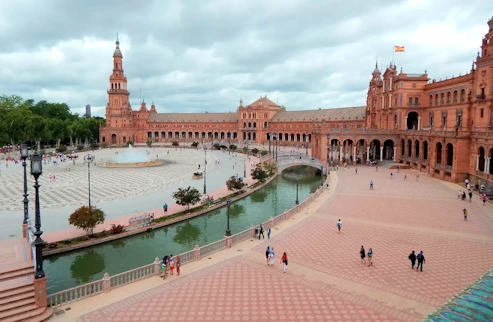
Cadiz/Seville, Spain
Click here to read more on our Cadiz/Seville Page
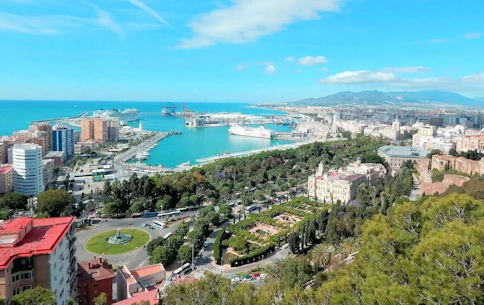
Malaga, Spain
Click here to read more on our Malaga Page
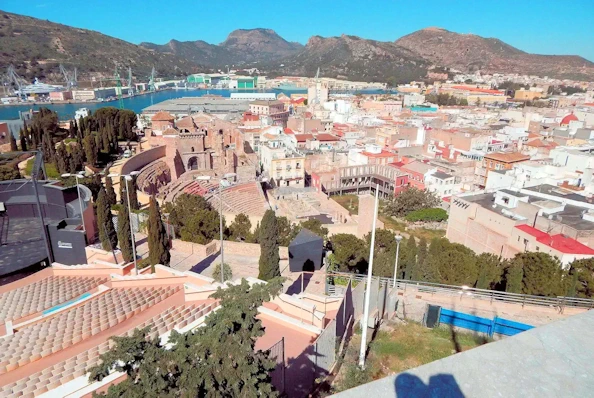
Cartagena, Spain
Click here to read more on our Cartagena Page
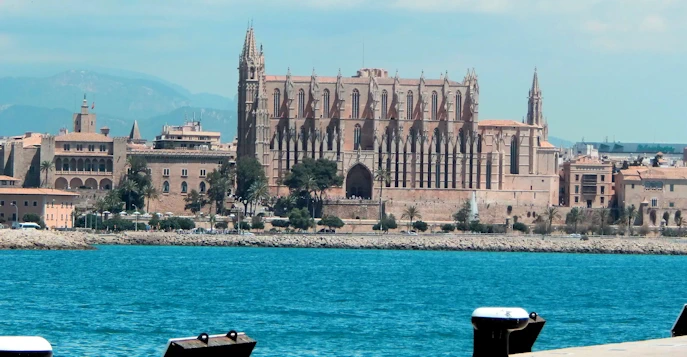
Mallorca, Spain
Click here to read more on our Mallorca Page
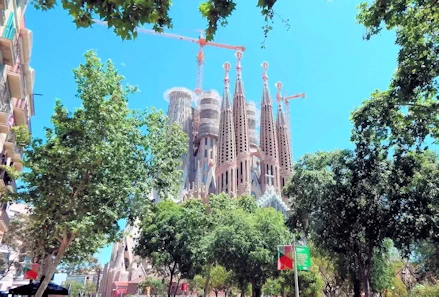
Barcelona, Spain
Click here to read more on our Barcelona Page
Note: All images featured on this page are the exclusive property of Just Traveling Thru, LLC, unless otherwise stated. When images from external sources are used, full credit is given to the original creator, along with a link to the specified license or usage terms. We are committed to respecting copyright and intellectual property rights, ensuring that all third-party images are properly attributed. If you have any questions regarding image ownership or usage rights, please feel free to contact us.
Affiliate Links: We may earn a commission if you make a purchase through one of our affiliate links. This helps support our travel content — thank you!
Content: To review any of our content, make suggestions and/or comments, please click the "About" menu link at the top of this page. You will find our "Contact Us" link on that drop-down menu.